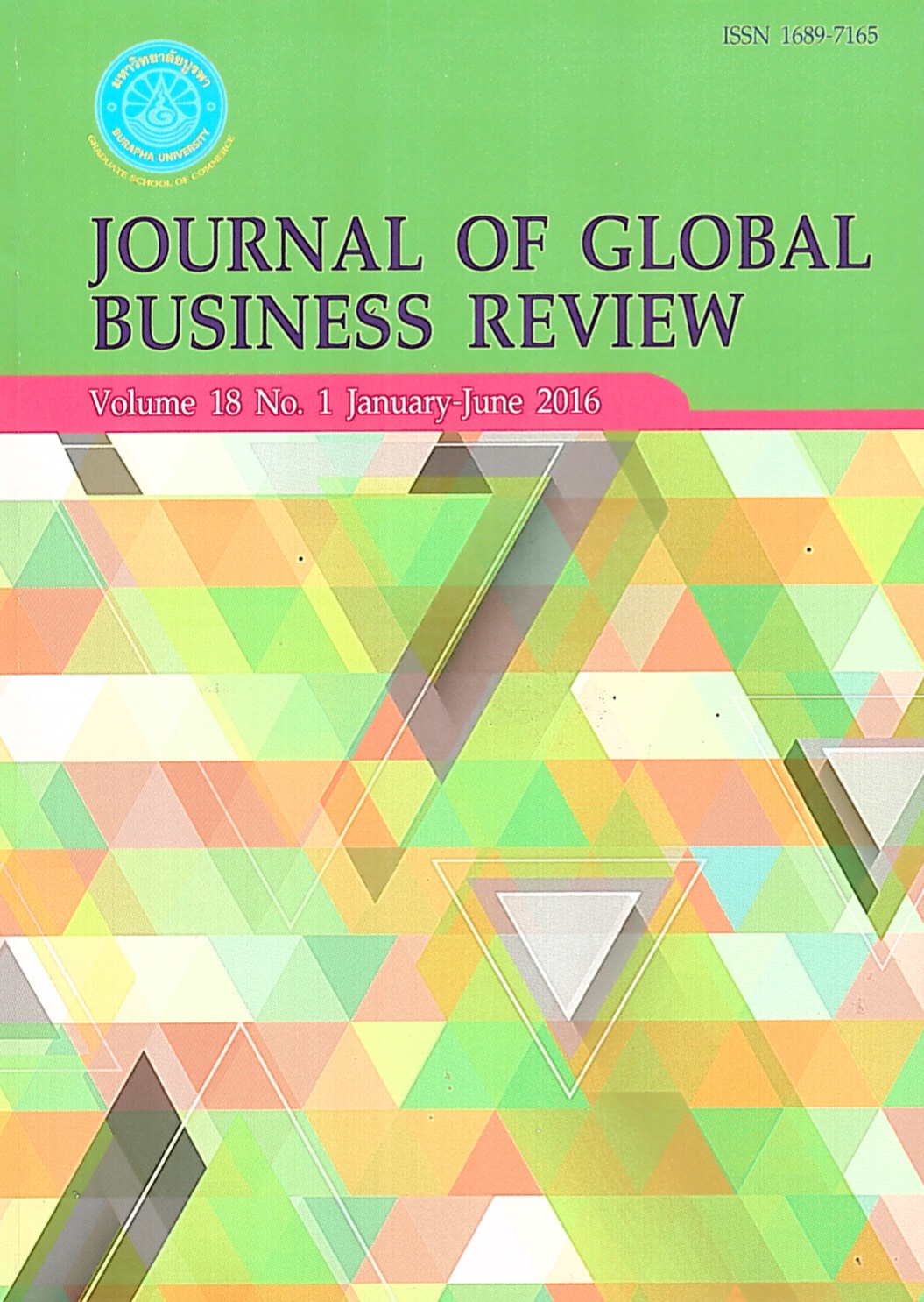Determinants of Capital Structure: a Case Study in Thai Steel industry
Main Article Content
Abstract
This study examines the determinants of capital structure for Thai steel industry.
The research selects growth opportunity, distance to bankruptcy, non-debt tax shield, and liquidity as research determinants and explores the relationship among determinants of leverage ratio. It also investigates which capital structure theory best explains the capital
structure in the steel industry in Thailand. This study finds that growth opportunity and non-debt tax shield have positive relationships to leverage; whereas the distance to
bankruptcy and liquidity of the firm have negative relationships to debt. The research’s results suggest that steel firms should use internal financing as priority before going for external financing which is relevant to Pecking Order Theory. Furthermore, when going for external financing, the optimal leverage ratio of 48% for Thai steel industry is appropriate and can be applied as a guideline for steel firms’ managers in determining the capital structure for a firm. Therefore, the benefit of this study could assist managers in the steel industry in selecting the right mix of debt and equity for their firms


